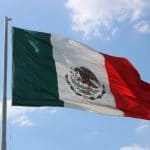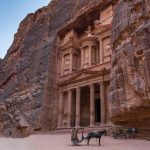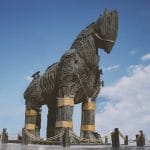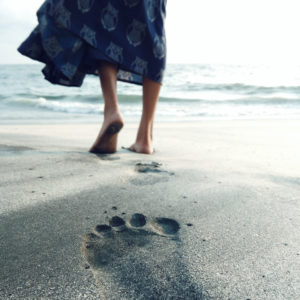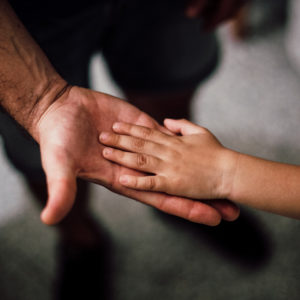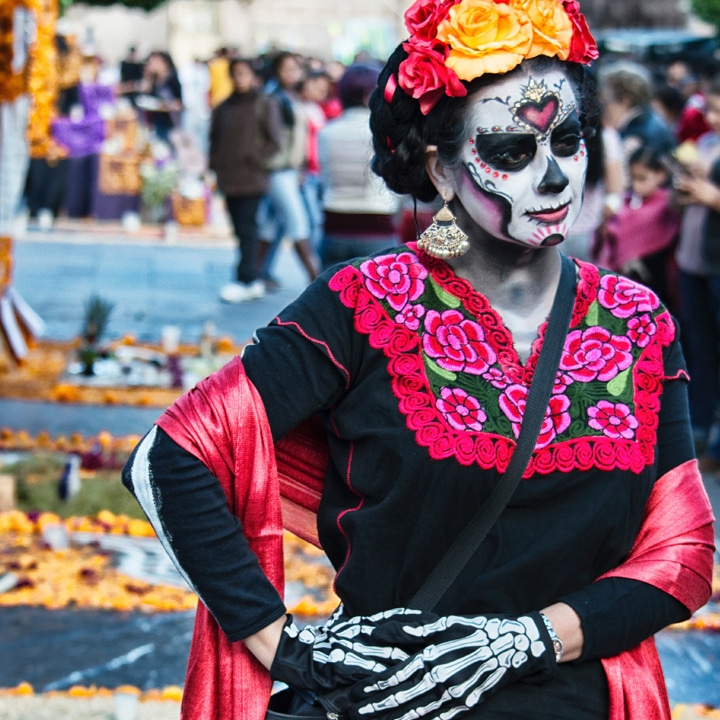
Learning about different traditions, customs, and holidays around the world makes us into more than just local citizens, it makes us global citizens.
At the end of October, trickling into November is an important Mexican celebration known as the Day of the Dead or Dia De Los Muertos. During this celebration, friends, and family gather to remember, honor, and support loved ones they’ve lost by holding parades, creating altars, and writing poems.
Here are 11 things you didn’t know about the Day of the Dead or Dia De Los Muertos.
Day of the Dead is a very happy, joyous celebration.
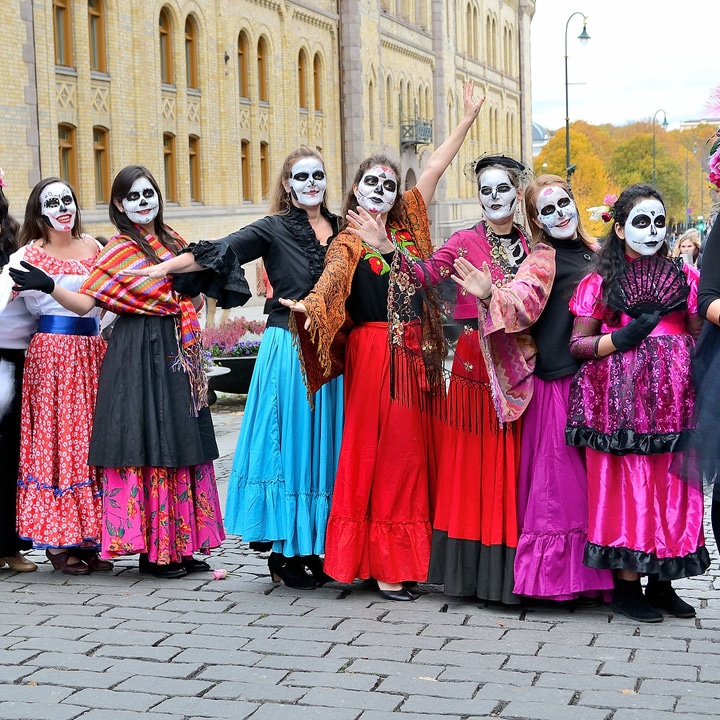
Sometimes the images of loved ones who have passed and sugar skulls or other images can be alarming. However, the purpose of this Mexican holiday is to celebrate the dead and invite them back to celebrate with the living – how beautiful is that?
Friends and family gather for this holiday to remember, pray, and honor those who have died. It’s also considered a time to support them on their spiritual journeys.
The image of the skull is celebrated, not feared.
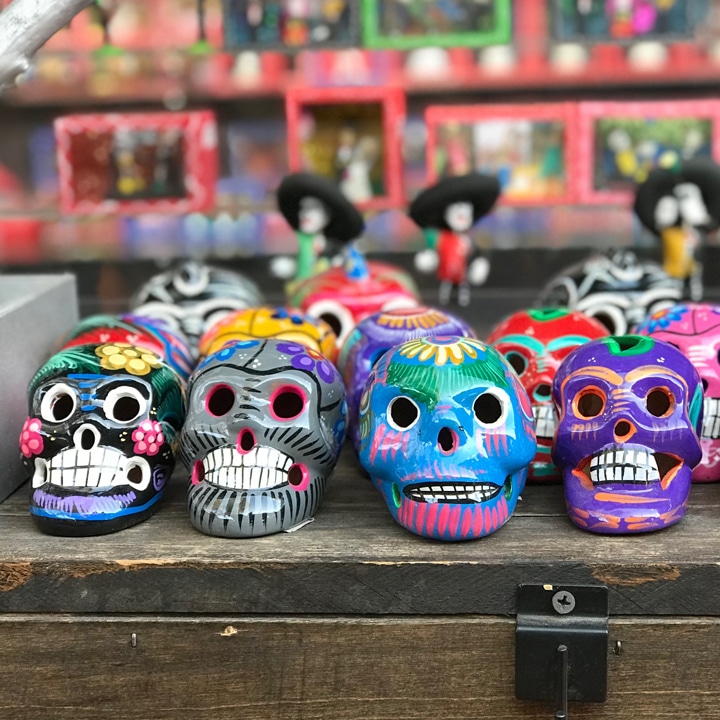
Although the symbol and image of a skeleton can symbolized death and despair, this holiday celebrates the skull with bright colors and shapes, in honor of lost loved ones.
People often paint their faces to look like these “sugar skulls” and celebrate with skull figurines, signs, etc.
This holiday goes back hundreds of years.
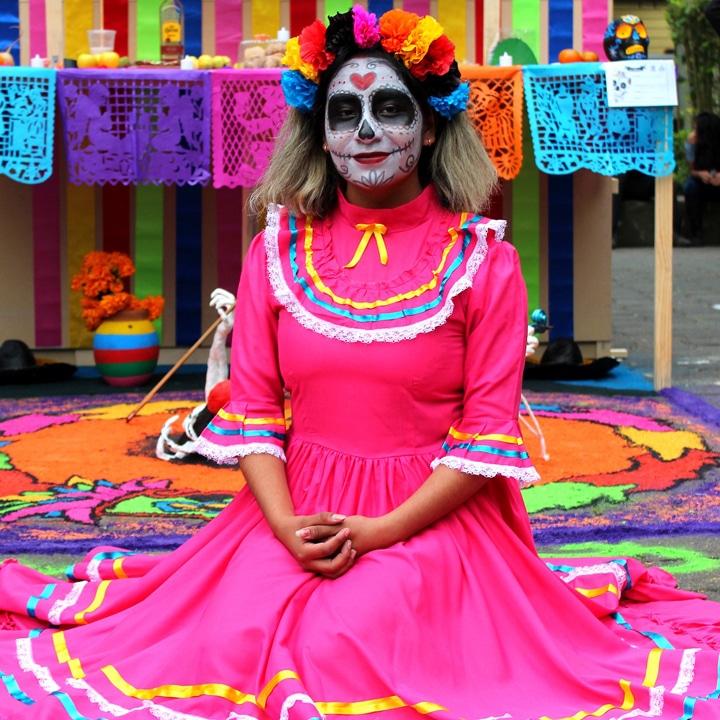
Scholars have traced the origins of this modern Mexican holiday to indigenous people hundreds of years ago.
At first, Day of the Dead was held in the summer, but it became associated with October 31st, November 1st, and November 2nd to coincide with the Western Christian traditions of All Saints’ Eve, All Saints’ Day, and All Souls’ Day.
They’ve linked it to an Aztec Festival that was dedicated to the goddess, Mictecacihuatl, which means “Lady of the Dead.” She was the Queen of Mictlan, the underworld and ruled over the afterlife as well as watches over the bones of the dead and the ancient festivals celebrating them.
People of Mexican heritage all over the world celebrate.
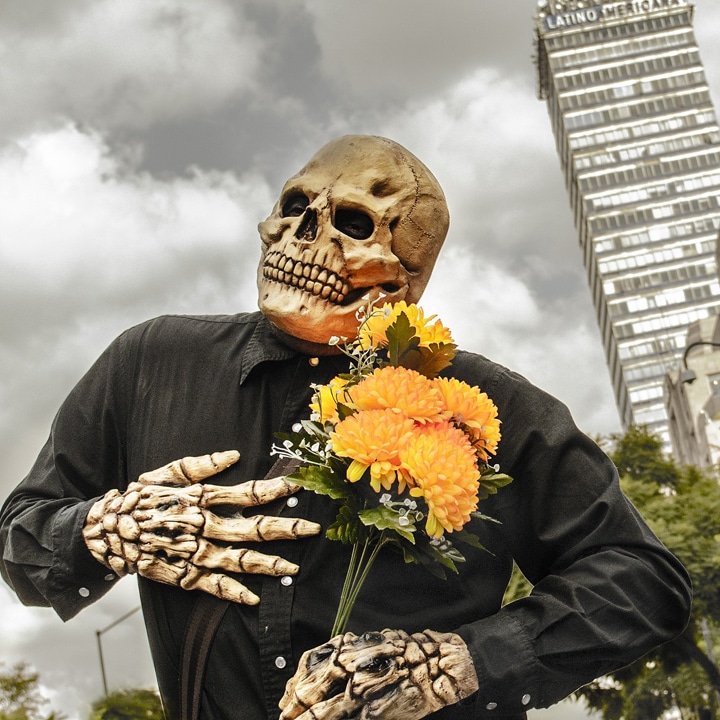
Day of the Dead is celebrated by those of Mexican heritage both in and out of Mexico. Of course, each area has its own way of celebrating the holiday although certain parts remain the same through many of them, for instance, the practice of decorating altars with gifts, food, and candy.
In Belize, the celebration is called Hanal Pixan, which means “food for the souls”.
In Bolivia, Día de las Ñatitas or “Day of the Skulls” is celebrated – in Bolivia they believe that their family members skulls watch over them so they are often kept in the home. In November, the family crowns the skulls with flowers, dresses them in garments, makes offerings, and sometimes brings the skull to a central cemetery for a blessing.
In Brazil, a version of Dia De Los Muertos is celebrated, in which traditional garments are worn, flowers are scattered about, and dancing and celebration occur.
In Guatemala, celebrations are based around the construction and flying of giant kites! How cool! These people believe that the kites will help the spirits of the dead find their way back to Earth. Some kites have notes attached at the end of the string for the dead to read.
In the United States, traditional celebrations of the Day of the Dead are held in states such as Texas, New Mexico, Arizona, and California. Since 1990, The All Souls Procession has been held in Tucson, Arizona, and it combines traditional Day of the Dead customs with modern pagan harvest festival traditions, like carrying an urn to slip pieces of paper into for prayers to the dead. In Southern California, the “largest event” honors Dia De Los Muertos, the annual Noche de Altares.
It’s been made official by UNESCO.
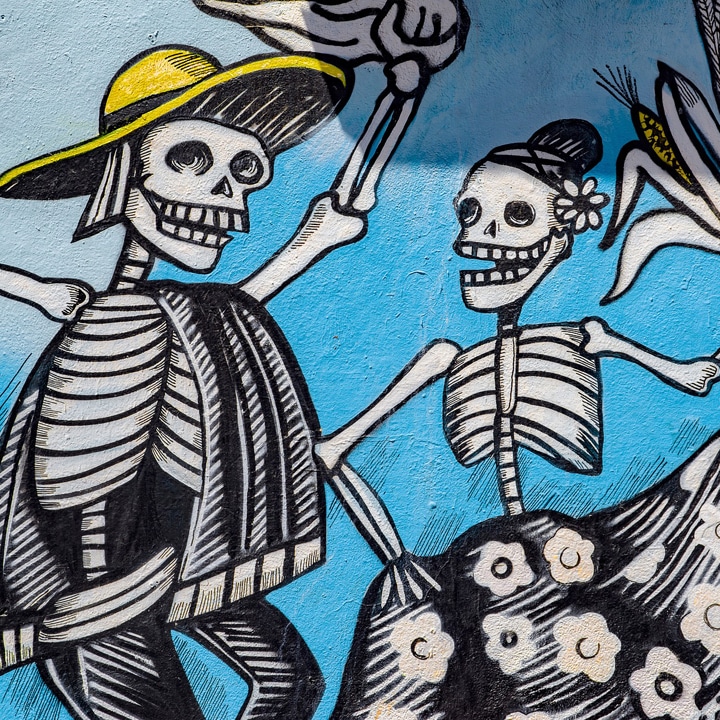
In 2008, the tradition was inscribed in the Representative List of the Intangible Cultural Heritage of Humanity by UNESCO.
Day of the Dead was not celebrated in northern Mexico at first.
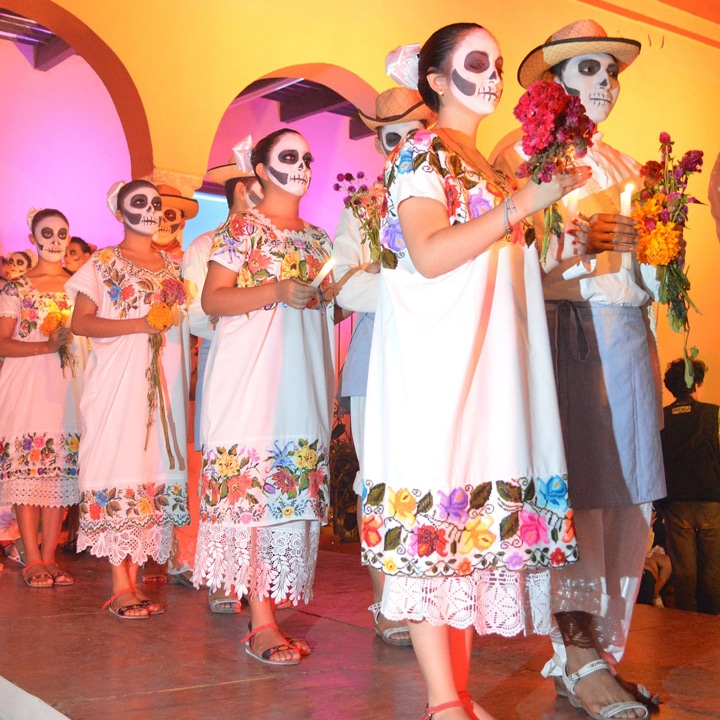
The Day of the Dead was not originally celebrated in northern Mexico, because it was unknown until the 20th century because the indigenous people had different traditions.
The people and the church rejected it as a day related to pagan elements with Catholic Christianity. Instead, they celebrated the traditional All Saints’ Day in the same way as other Christians in the world.
Ofrendas or altars are an important part of Day of the Dead.
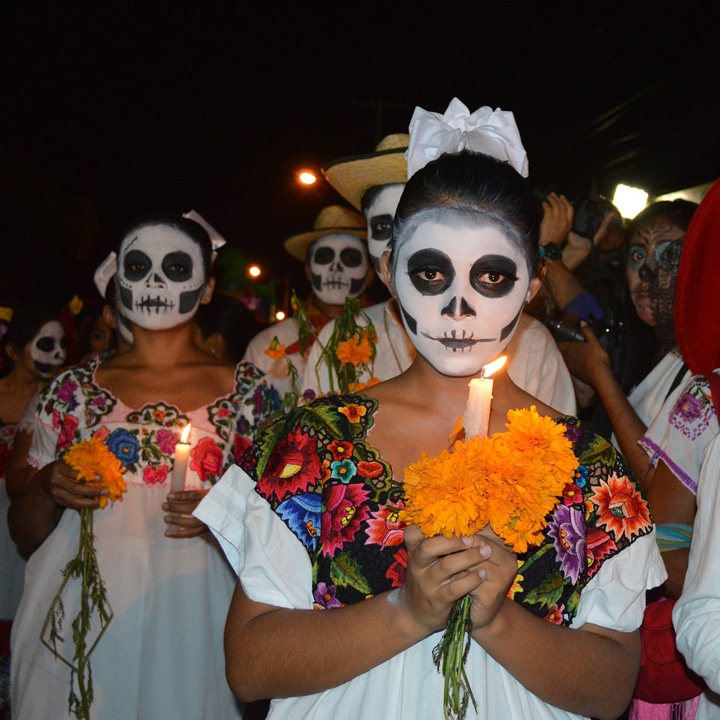
In most celebrations, ofrendas are a part of the process, whether they are kept in the home, out on the streets, or made at gravesites for the loved ones lost.
Participants will decorate the altars with memories from the dead’s spirits, including photos, personal items, and fresh flowers like marigolds. It is believed that these flowers will attract the spirits to the sites and to their family’s homes through their scent and bright petals.
Sometimes the marigold is called the Flor de Muerto, or Flower of the Dead.
Friends and family write calaveras to honor the dead.
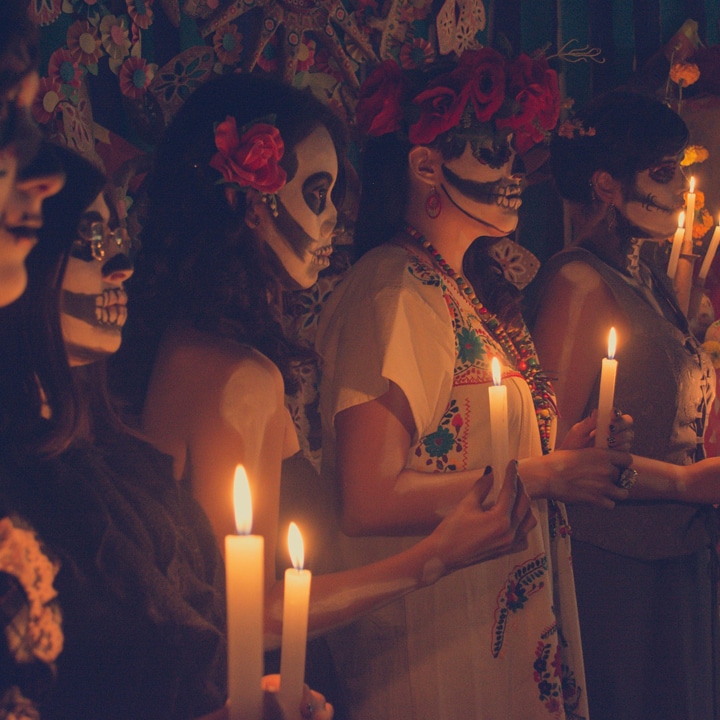
These are poems usually written as mocking epitaphs of friends, describing interesting habits and attitudes or funny anecdotes.
Traditions can differ for deceased children and adults.
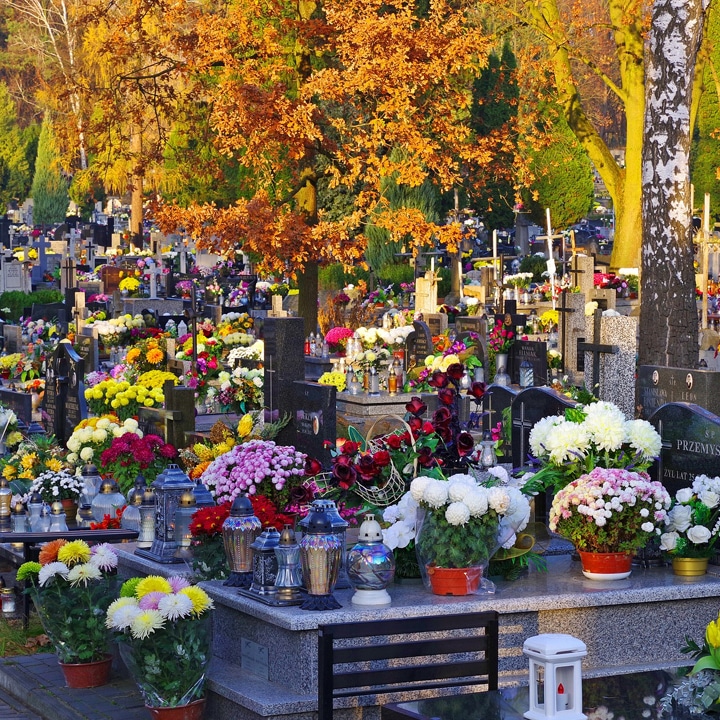
Things may be celebrated differently depending on if the deceased is a child or an adult in certain towns.
For instance in Pátzcuaro, Mexico, to celebrate the life of a deceased child, the grandparents set a table in the parents’ house with a rosary, a cross, sweets, and fruits.
In the town of Ocotepec, Mexico, homes who have deceased loved ones open their homes to the public to show their respects during this time, offering free food and a look at their altars as well. Food usually includes tamales and atole.
Tamales are given as offerings to the dead.
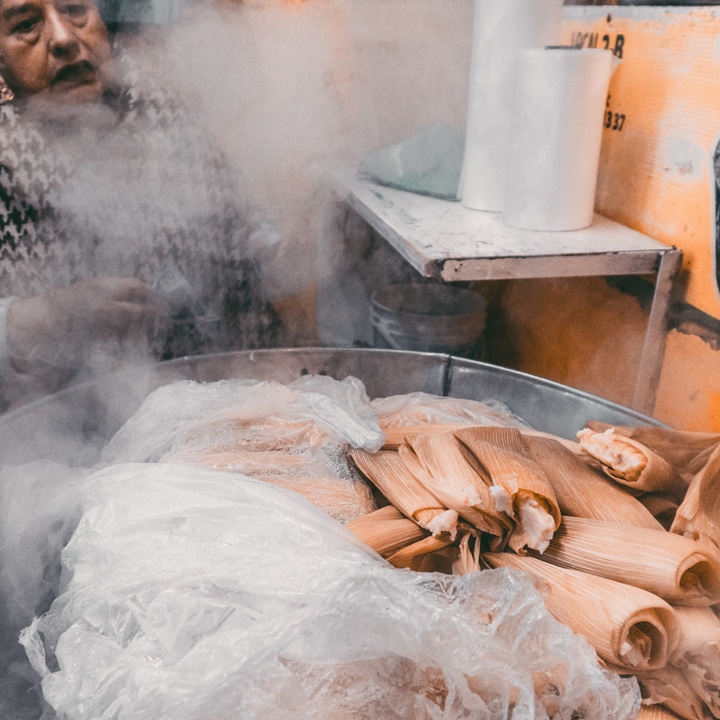
During Day of the Dead festivities, tamales are one of the most common foods that are not only eaten and enjoyed by the living but also given to the spirits as offerings.
La Calavera Catrina, a famous image for the festival, is much more symbolic.
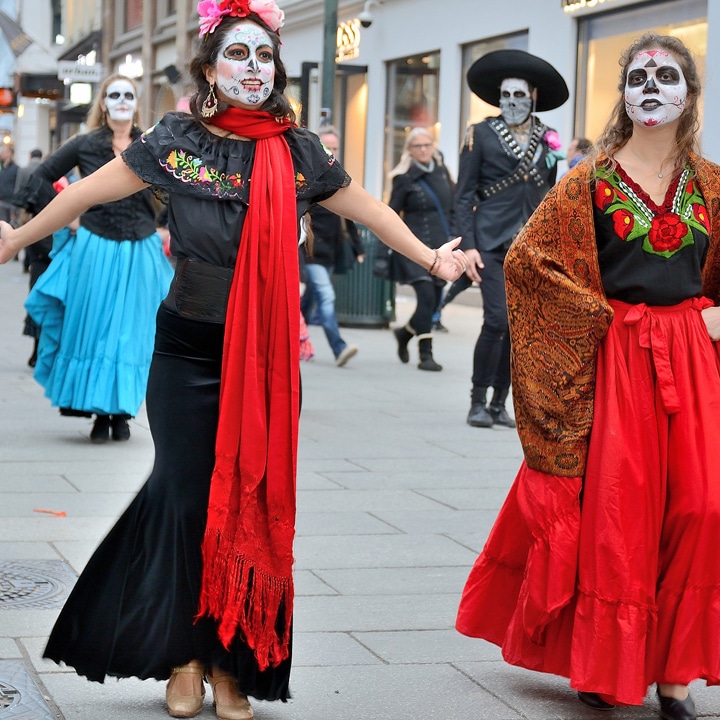
La Calavera Catrina is a symbol of Day of the Dead, however, you might not know that she is actually from a satirical portrait created by Mexican printmaker, cartoon illustrator, and lithographer José Guadalupe Posada.
He created this satirical portrait as a symbol of Mexican natives who hoped to adopt European aristocratic traditions in the pre-revolution era.
Now that you know some more about the Day of the Dead, what do you think? Did we miss anything? Leave us a comment below!



